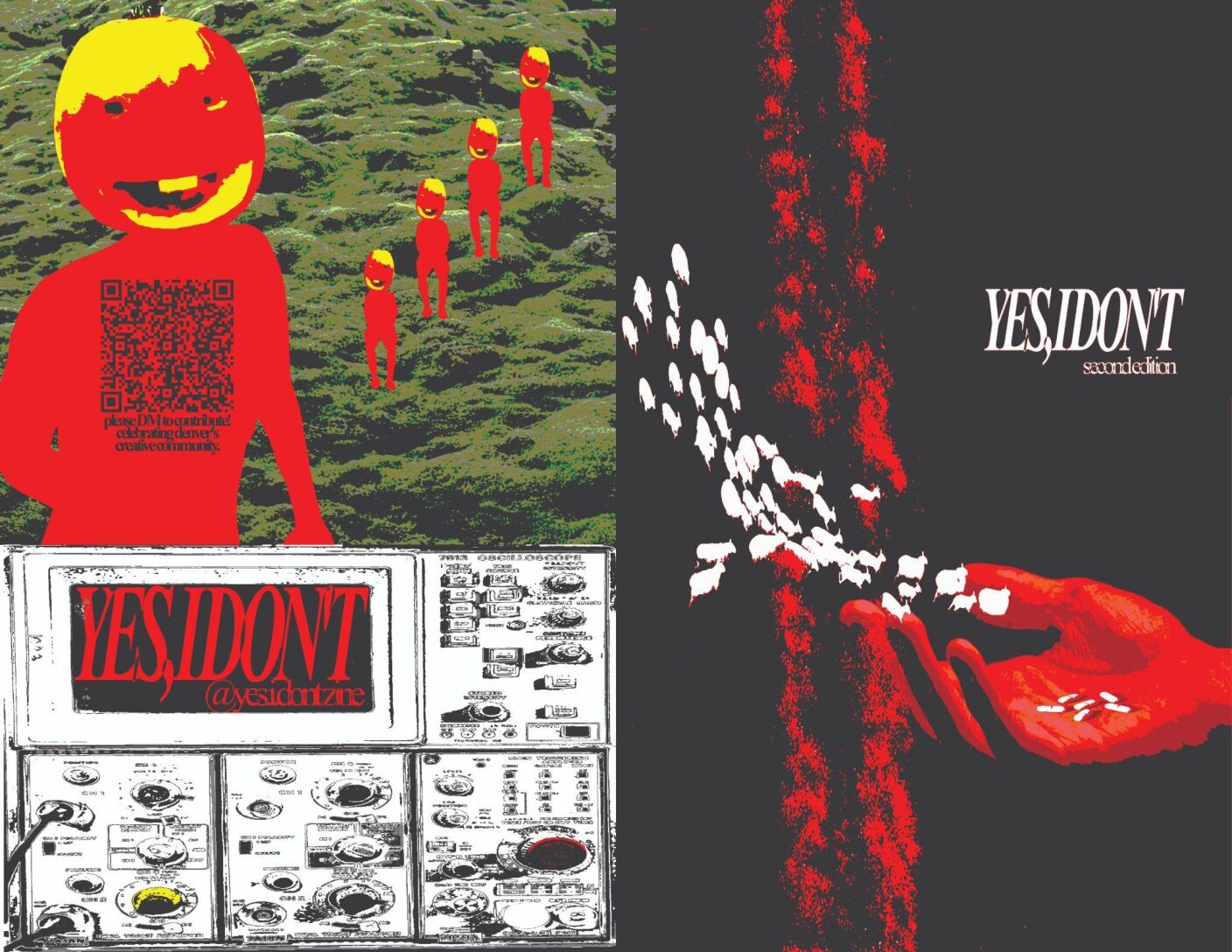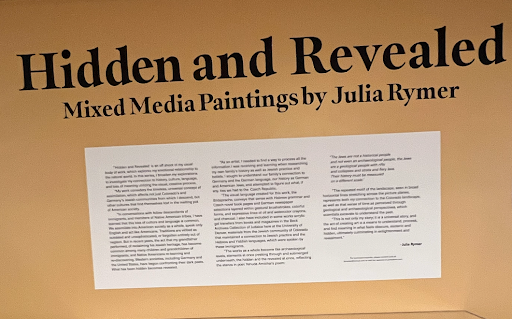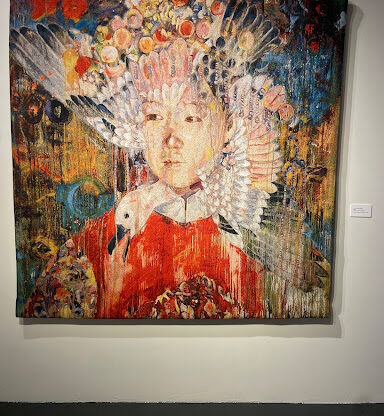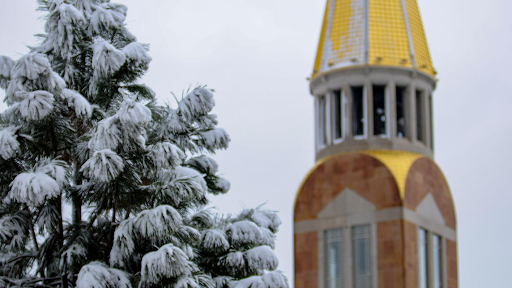Where: Denver Art Museum
Level 2, Hamilton Building
When: Now – Oct 11
Price: $8 (There is a two-for-one deal for students every last Friday of the month)
The Denver Art Museum has brought the outside indoors for their “In Bloom” exhibit. The exhibit traces the influence of flowers on European painters, scientists and elitists throughout the 1700s and the 1800s.

“In Bloom” was curated specifically for the DAM and includes an array of artists prevalent in different eras. The most well-known painter displayed is Van Gogh, whose work was accompanied by the likes of Mary Cassatt, Gerard van Spaendonck and Henri Matisse.
During these times, flowers were “all the rage” and people were caught up in a “botanical craze,” as one exhibit plaque stated. At the start of the 1700s, Europeans loved flowers so much that daughters of the French elite took lessons on how to draw them. Scientists, on the other hand, took interest in plant anatomy and thus drew plants for encyclopedic, educational purposes. The combination of elites and scientists — who made up the first classes of people to seriously draw flowers — resulted in intricate paintings that aimed to draw flowers in exact detail.
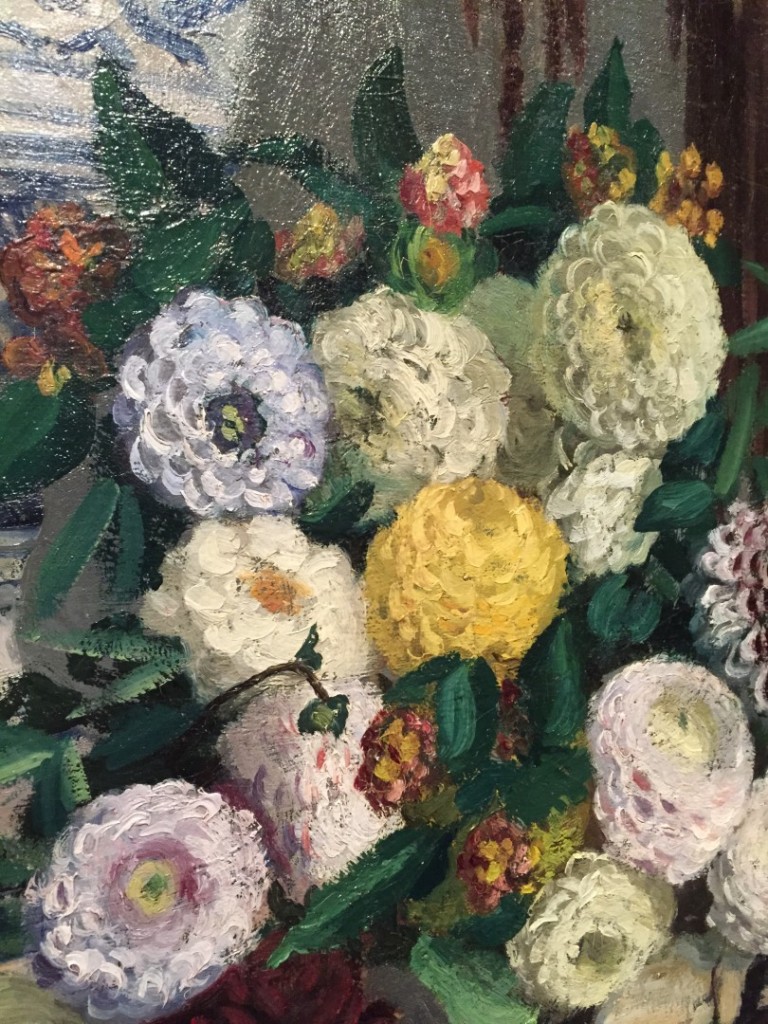
In 1849, French painters grew tired of academic flower painting and expressed what is known as “New Realism,” or new ways of perceiving the real. Around this time flower paintings began to lose their precise brushstrokes and looser interpretations of painting came about. In Frédéric Bazille’s painting, “Flowers,” one can see how the subjects lose their definition and refinement when compared to previous depictions.
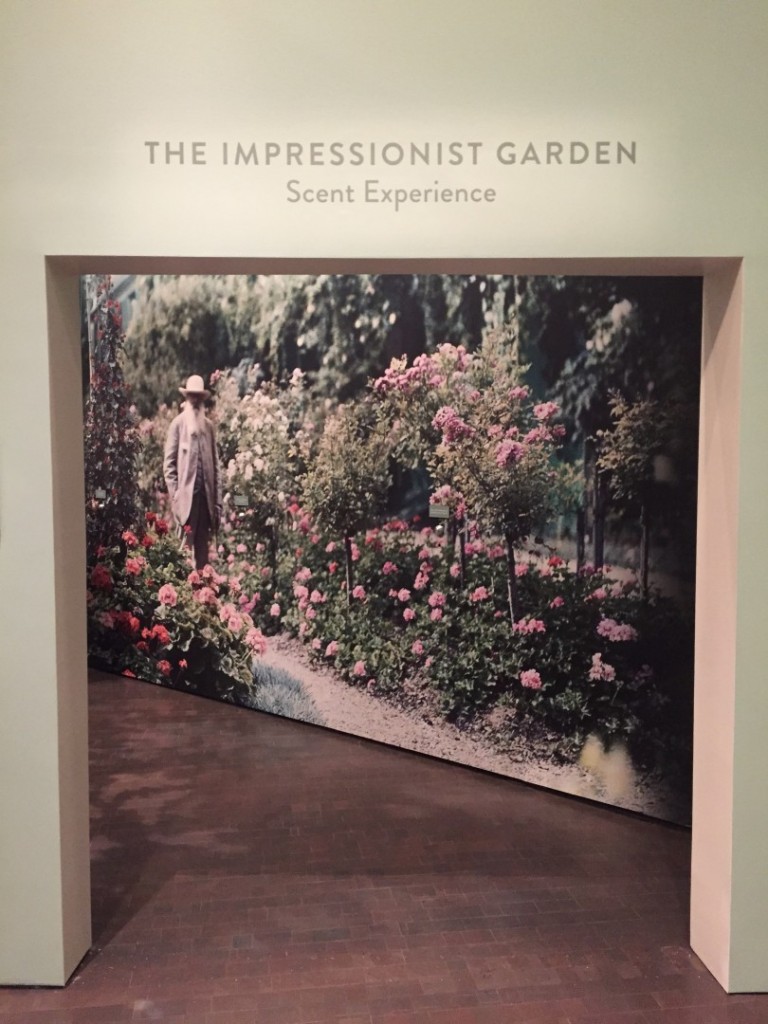
Also in the 1800s, painters placed their flower arrangements in unconventional places. Rather than simply putting flowers in a vase with a standard wall backdrop, they began placing their subjects outside and in objects such as hats — creating a lively environment rather than a simple still life recreation.
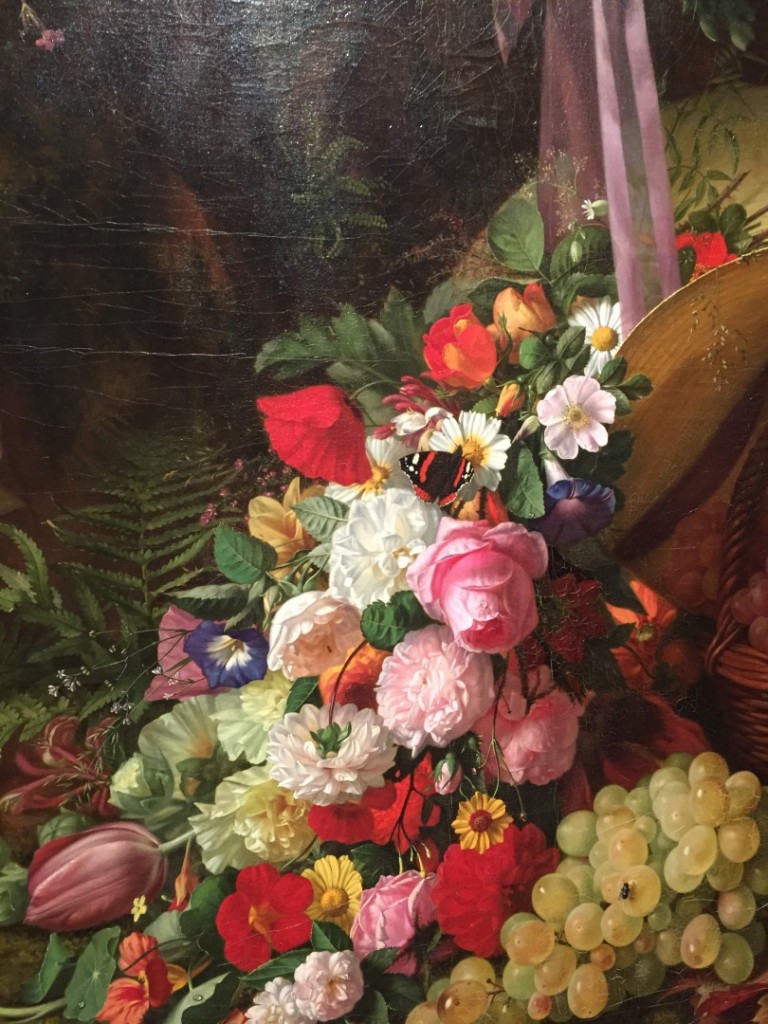
The previous styles of flower painting paved the way for the impressionists, a movement of painters who gained popularity from the 1870s to the 1880s. The French Impressionists were “more concerned with light and color,” as stated by a museum docent, rather than “precise lines favored by academic painters.” As a result, flower paintings sported vibrant colors and simple arrangements.
In addition to the different paintings shown at “In Bloom,” the exhibit incorporates a sensory experience for its viewers. When one first enters through the exhibit doors, a floral scent overwhelms and wafts throughout the entire room. At the end of the exhibit patrons can enter “The Impressionist Garden,” a room that offers different areas of interest that release garden smells, along with additional sniff and scratch cards that people can take.
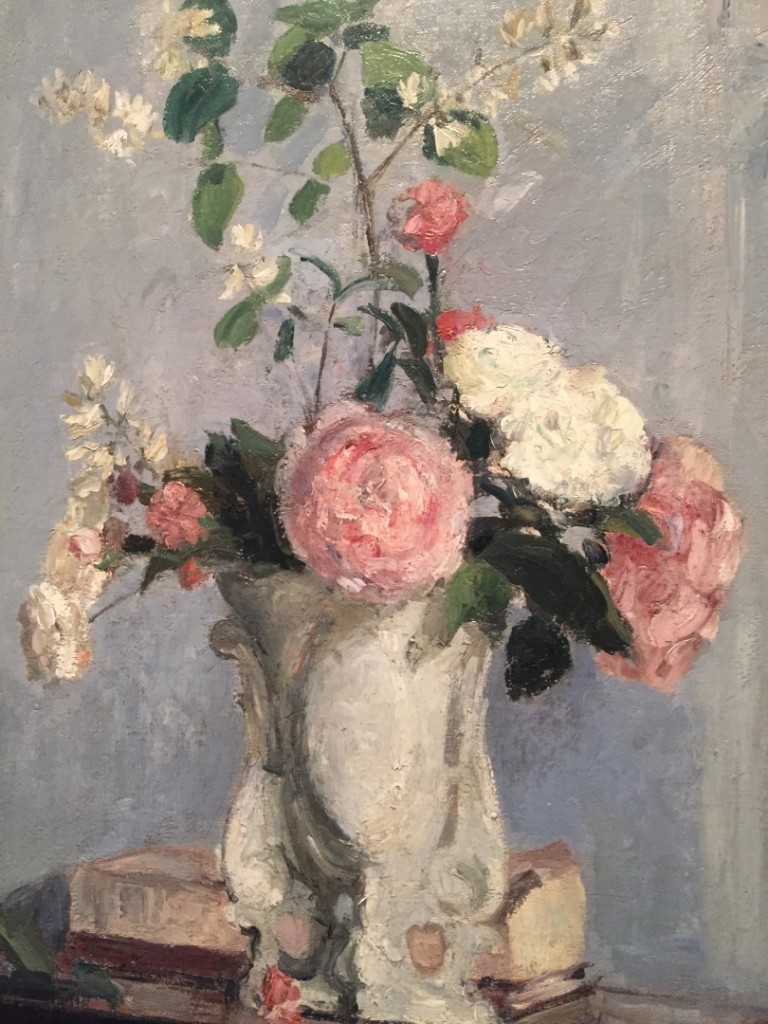
Flowers used as subjects for paintings or as prints for clothing may seem redundant in this day and age, but they still hold prominence after 300 years. Popular companies, such as Lilly Pulitzer, use flowers as inspiration for clothing and accessory prints. Early twentieth century painters, like Odilon Redon and Henri Matisse, continued to revisit flowers in their work. Flowers, as it turns out, are both classic and timeless.


